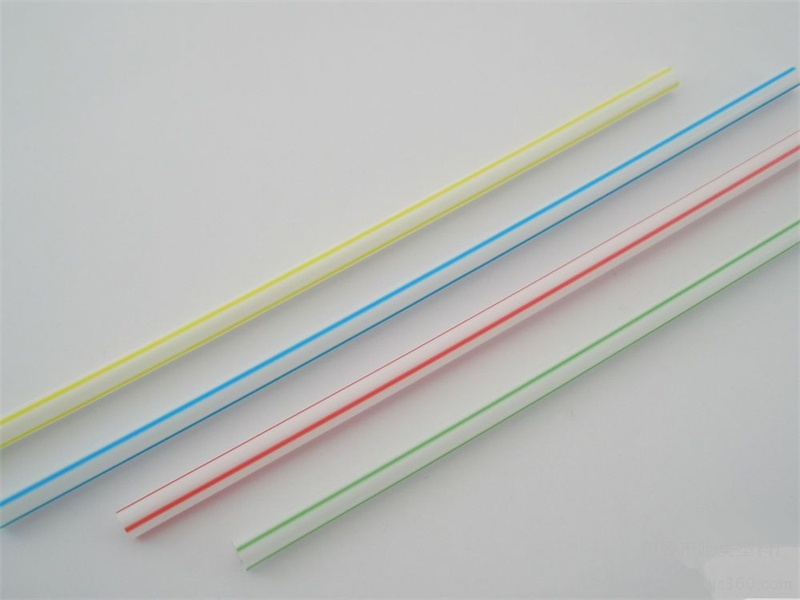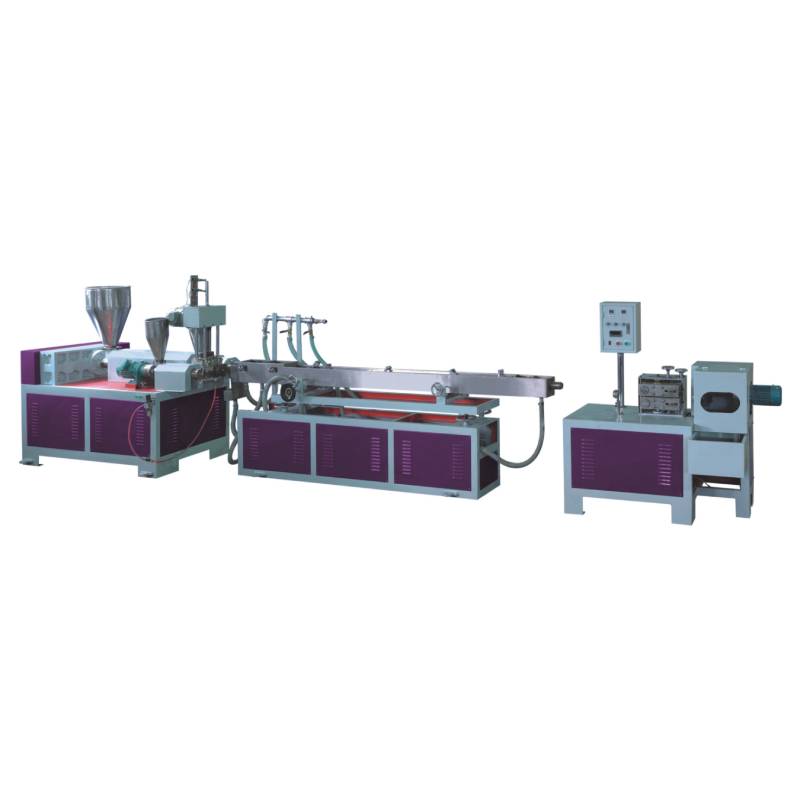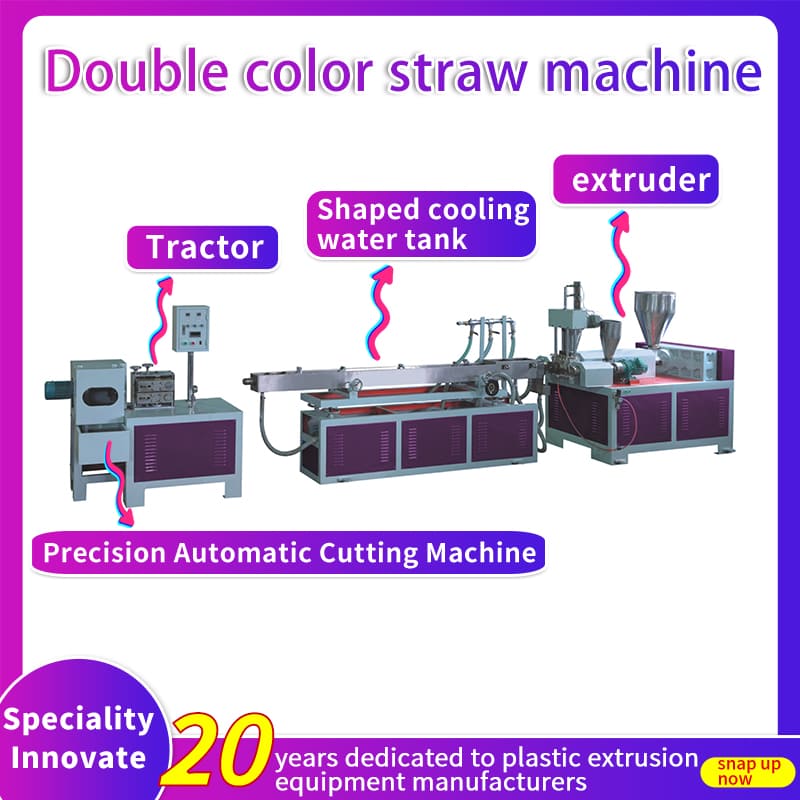
Plastic Straw Extruder: From Raw Materials to Finished Products
Did you know that the humble plastic straw undergoes a fascinating journey from raw materials to the finished product you use daily? This article delves into the intricate process of plastic straw production, focusing on the role of plastic straw extruders.
This is a comprehensive overview that highlights the importance of high-quality machinery in producing plastic straws reliably and efficiently. By understanding this process, businesses can make informed decisions when investing in custom plastic extruder production lines and auxiliary equipment.
The Extrusion Process
Feeding Stage
The journey begins with the feeding stage, where plastic raw materials, such as granules or powder, are pushed into the screw barrel of the extruder. The feed screw plays a crucial role here, ensuring that the raw materials are consistently fed into the extrusion screw, which then presses them into the screw barrel.
Melting Phase
Next, the extrusion screw agitates and compresses the plastic raw material, gradually heating it to a molten state. This is achieved through a combination of mechanical work from the screw and external heating provided by a heating sleeve. The high temperature and pressure in the screw barrel break the molecular chains of the plastic, transforming it into a molten state.
Extrusion Stage
Finally, the molten plastic material enters the die head of the extruder through the discharge port. The die head shapes the molten plastic into the desired profile. After extrusion, the continuous plastic profile is cooled and cured, forming the final product. Additional devices like cooling units, cutters, and winders can be attached to the extruder to meet diverse production needs.
Components of a Plastic Straw Production Line
Extruder:The extruder is the heart of the plastic straw production line. It melts the thermoplastic material and shapes it into a continuous tube, which is then cooled and cut into individual straws.
Cooling Unit: The cooling unit rapidly cools the extruded plastic to prevent deformation and maintain dimensional accuracy. This is crucial for ensuring the quality of the final product.
Cutting Mechanism: Precision cutting mechanisms slice the continuous plastic tube into individual straws of uniform length and clean edges.
Straw Collecting Machine: After cutting, the straw collecting machine gathers the straws, preparing them for packaging or further processing.
Key Features of Plastic Straw-making Machines
Production Capacity
Understanding output rates is crucial for efficient production planning. For instance, a machine with a 50mm main screw can produce up to 30 kg/hour, while a 65mm main screw can produce up to 60 kg/hour.
Material Compatibility
Different types of plastics, such as polypropylene (PP), are used in straw production. Ensuring material compatibility is essential for optimal performance and product quality.
Energy Efficiency
Energy-efficient straw-making machines help reduce environmental impact and lower operating costs. For example, machines equipped with infrared heating offer faster heating while being energy-efficient.
Motor and Screw Specifications
High-quality machines come with robust motors and specialized screws. For instance, an 11kW three-phase asynchronous motor provides greater torque and stability, while a specialized PP extrusion screw ensures large extrusion volume and stable discharge.

Benefits of Applying Plastic Straw Extruder
Cost Efficiency
Plastic extrusion is notably cheaper than alternative molding methods such as die casting. The continuous operation of plastic extrusion machines reduces the risk of inventory shortages and facilitates 24-hour manufacturing, making it an optimal choice for large-scale production.
Flexibility and Customization
Plastic straw extruders offer great flexibility, allowing manufacturers to produce items with consistent cross-sections, different colors, and even intricate shapes. This method is well-suited for creating products of varying sizes, shapes, colors, and profiles tailored to precise design specifications.
Material Versatility
Extrusion methods can accommodate a wide array of thermoplastic materials, such as PVC, polypropylene, polyethylene, and polystyrene. This versatility allows manufacturers to produce products with specific attributes like flexibility, heat resistance, strength, and chemical durability.
Post-Extrusion Alterations
Plastics remain malleable upon exiting the extruder, enabling post-extrusion modifications. Manufacturers can use tools such as rollers, shoes, and dies to adjust the plastic's shape to meet their requirements, enhancing the versatility of the production process.
Environmental Benefits
Plastic extrusion can utilize recycled materials, reducing waste and promoting sustainability. Additionally, energy-efficient machines help minimize the environmental impact of the manufacturing process.
Enhanced Production Efficiency
High-capacity extruders can produce up to 100kg/h, ensuring efficient and stable production. The use of advanced technologies and robust components extends the service life of the machines, providing long-term reliability and reduced maintenance costs.
Conclusion
The production of plastic straws is a complex yet fascinating process that requires high-quality machinery and precise control. By understanding the extrusion process and the key components of a plastic straw production line, businesses can make informed decisions to enhance their production efficiency and product quality.
Investing in advanced plastic straw extruders and auxiliary equipment can lead to significant improvements in output and energy efficiency, ultimately driving inquiry conversions and business growth. For more information on custom plastic extruder production lines and auxiliary equipment, please feel free to contact us!






